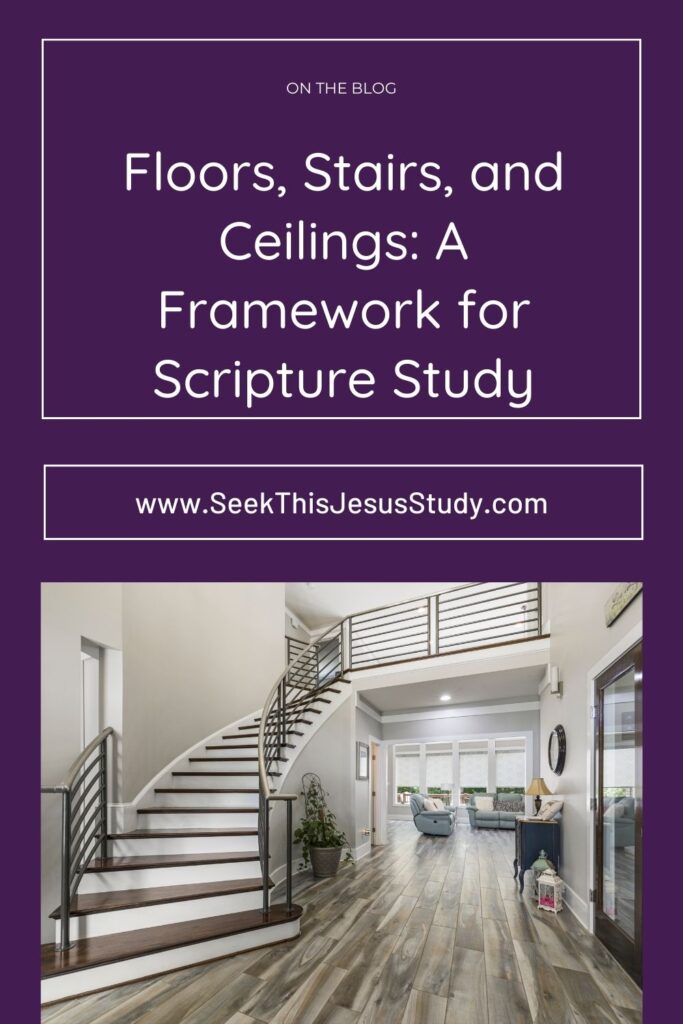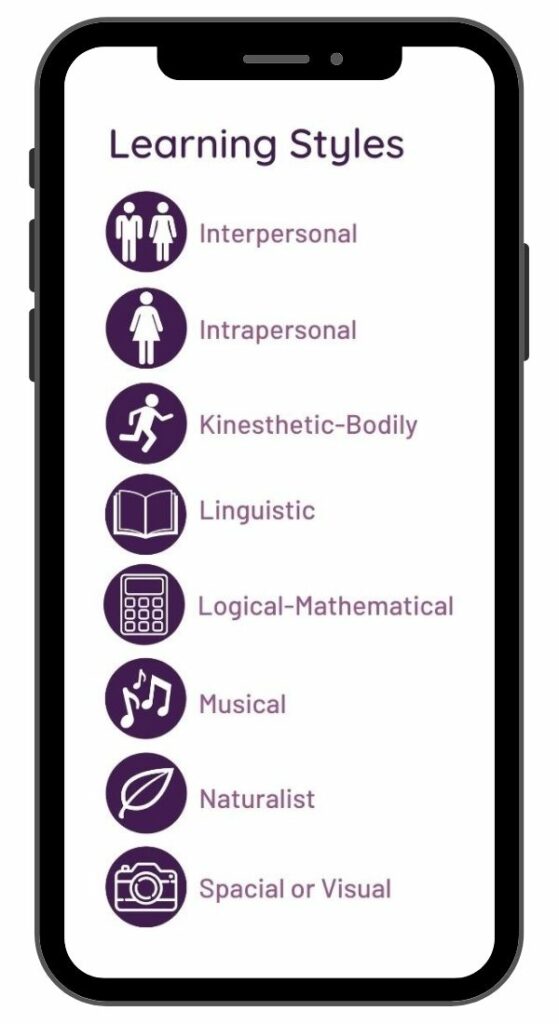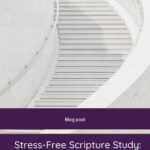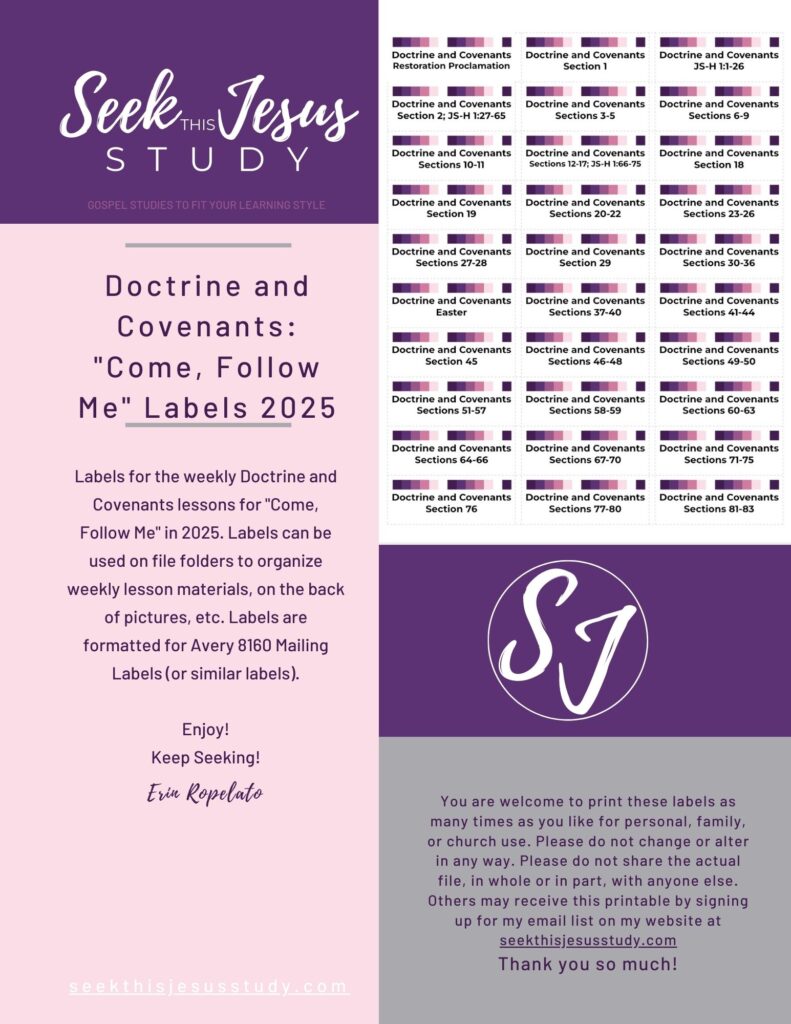
From Overwhelm to Anchored: Natalie Bogle’s Approach to Scripture Study
What if your scripture study could fit into your real life even in the messy, meaningful, motherhood moments? That’s exactly what we explored in this

The “Floors, Stairs, and Ceilings” framework, originally developed by B.J. Fogg in his work on behavior change, is a powerful tool for building habits. It’s particularly useful for scripture study because it allows you to adapt your efforts to your energy, time, and circumstances on any given day.

Using this model, you can adapt scripture study to fit your life while making meaningful progress. Below are ideas for each of the eight learning styles.
Floors:
Stairs:
Ceilings:
Floors:
Stairs:
Ceilings:
Floors:
Stairs:
Ceilings:
Floors:
Stairs:
Ceilings:
Floors:
Stairs:
Ceilings:
Floors:
Stairs:
Ceilings:
Floors:
Stairs:
Ceilings:
Floors:
Stairs:
Ceilings:

By implementing “Floors, Stairs, and Ceilings” in your scripture study, you can tailor your efforts to fit any situation while engaging your personal learning style. This adaptable framework makes scripture study both achievable and inspiring, whether you’re starting small or aiming high.


8 Study Ideas using personal learning styles FREE for you!
I will send you regular emails to help you love your gospel study. No spam! Promise!



What if your scripture study could fit into your real life even in the messy, meaningful, motherhood moments? That’s exactly what we explored in this

“Be Thou My Vision”: A Story of Overcoming Illness with Faith Faith is more than just believing in the good times. It’s about trusting in

God’s Kindness in the Mess Life doesn’t have to be perfect for God to show up. That’s the message Michelle Cox gently reminds us of

Overcoming Fear and Sharing Your Light Online In today’s world, sharing the gospel doesn’t have to be complicated or intimidating. As we embrace technology and

Rebuilding Faith, Finding Intuition & Living Authentically When Faith Evolves What happens when the faith you grew up with no longer fits the person you’re

“Why Personal Scripture Study Brings Greater Revelation” In today’s world, there are so many ways we can supplement our scripture study. Podcasts, devotionals, Instagram posts,









Identify your learning styles and find joy in your scripture study
Thank you for joining my email list! I can’t wait to spoil you and promise to keep your email address private

Keep all your materials together and easy to find and use each week as you study.
I will send you regular emails designed to help you love your gospel study. No spam. Promise.